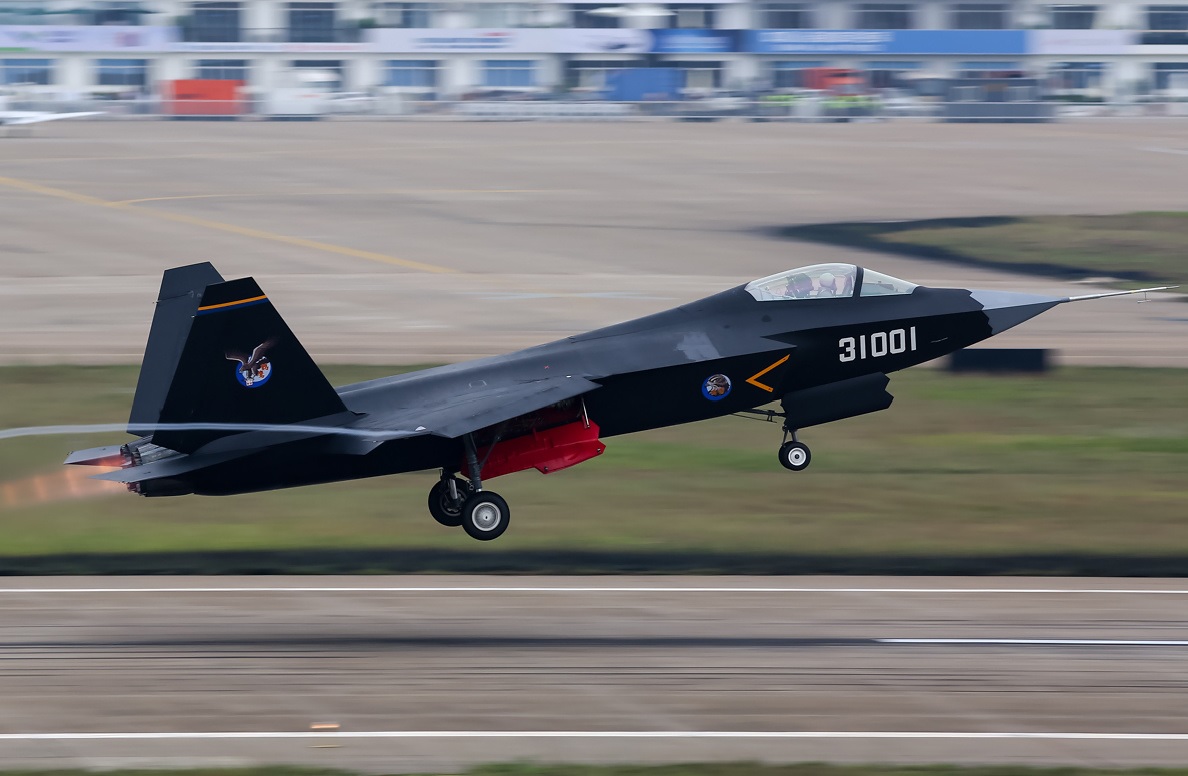An excerpt from the Worldwide Threat Assessment of the US Intelligence Community
Every year the Director of National Intelligence (DNI) presents a threat assessment to the Senate Armed Services Committee. This report was published February 26, 2015, using information current as of February 13, 2015. The rest of the document can be found at http://www.dni.gov/files/documents/Unclassified_2015_ATA_SFR_-_SASC_FINAL.pdf.
James R. Clapper, Director of National Intelligence
Sunni violent extremists are gaining momentum and the number of Sunni violent extremist groups, members, and safe havens is greater than at any other point in history. These groups challenge local and regional governance and threaten US allies, partners, and interests. The threat to key US allies and partners will probably increase, but the extent of the increase will depend on the level of success that Sunni violent extremists achieve in seizing and holding territory, whether or not attacks on local regimes and calls for retaliation against the West are accepted by their key audiences, and the durability of the US-led coalition in Iraq and Syria.
Sunni violent extremists have taken advantage of fragile or unstable Muslim-majority countries to make territorial advances, seen in Syria and Iraq, and will probably continue to do so. They also contribute to regime instability and internal conflict by engaging in high levels of violence. Most will be unable to seize and hold territory on a large scale, however, as long as local, regional, and international support and resources are available and dedicated to halting their progress. The increase in the number of Sunni violent extremist groups also will probably be balanced by a lack of cohesion and authoritative leadership. Although the January 2015 attacks against Charlie Hebdo in Paris is a reminder of the threat to the West, most groups place a higher priority on local concerns than on attacking the so-called far enemy—the United States and the West—as advocated by core al- Qa‘ida.
Differences in ideology and tactics will foster competition among some of these groups, particularly if a unifying figure or group does not emerge. In some cases, groups—even if hostile to each other— will ally against common enemies. For example, some Sunni violent extremists will probably gain support from like-minded insurgent or anti-regime groups or within disaffected or disenfranchised communities because they share the goal of radical regime change.
Although most homegrown violent extremists (HVEs) will probably continue to aspire to travel overseas, particularly to Syria and Iraq, they will probably remain the most likely Sunni violent extremist threat to the US homeland because of their immediate and direct access. Some might have been inspired by calls by the Islamic State of Iraq and the Levant (ISIL) in late September for individual jihadists in the West to retaliate for US-led airstrikes on ISIL. Attacks by lone actors are among the most difficult to warn about because they offer few or no signatures.
If ISIL were to substantially increase the priority it places on attacking the West rather than fighting to maintain and expand territorial control, then the group’s access to radicalized Westerners who have fought in Syria and Iraq would provide a pool of operatives who potentially have access to the United States and other Western countries. Since the conflict began in 2011, more than 20,000 foreign fighters—at least 3,400 of whom are Westerners—have gone to Syria from more than 90 countries.





